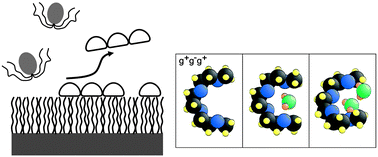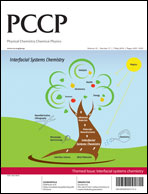The settlement and colonization of marine organisms on submerged man-made surfaces is a major economic problem for many marine industries. The most apparent detrimental effects of biofouling are increased fuel consumption of ships, clogging of membranes and heat exchangers, disabled underwater sensors, and growth of biofoulers in aquaculture systems. The presently common—but environmentally very problematic—way to deal with marine biofouling is to incorporate biocides, which use biocidal products in the surface coatings to kill the colonizing organisms, into the surface coatings. Since the implementation of the International Maritime Organization Treaty on biocides in 2008, the use of tributyltin (TBT) is restricted and thus environmentally benign but effective surface coatings are required. In this short review, we summarize the different strategies which are pursued in academia and industry to better understand the mechanisms of biofouling and to develop strategies which can be used for industrial products. Our focus will be on chemically “inert” model surface coatings, in particular oligo- and poly(ethylene glycol) (OEG and PEG) functionalized surface films. The reasons for choosing this class of chemistry as an example are three-fold: Firstly, experiments on spore settlement on OEG and PEG coatings help to understand the mechanism of non-fouling of highly hydrated interfaces; secondly, these studies defy the common assumption that surface hydrophilicity—as measured by water contact angles—is an unambiguous and predictive tool to determine the fouling behavior on the surface; and thirdly, choosing this system is a good example for “interfacial systems chemistry”: it connects the behavior of unicellular marine organisms with the antifouling properties of a hydrated surface coating with structural and electronic properties as derived from ab initio quantum mechanical calculations using the electronic wave functions of oxygen, hydrogen, and carbon. This short review is written to outline for non-experts the hierarchical structure in length- and timescale of marine biofouling and the role of surface chemistry in fouling prevention. Experts in the field are referred to more specialized recent reviews.

You have access to this article
 Please wait while we load your content...
Something went wrong. Try again?
Please wait while we load your content...
Something went wrong. Try again?


 Please wait while we load your content...
Please wait while we load your content...